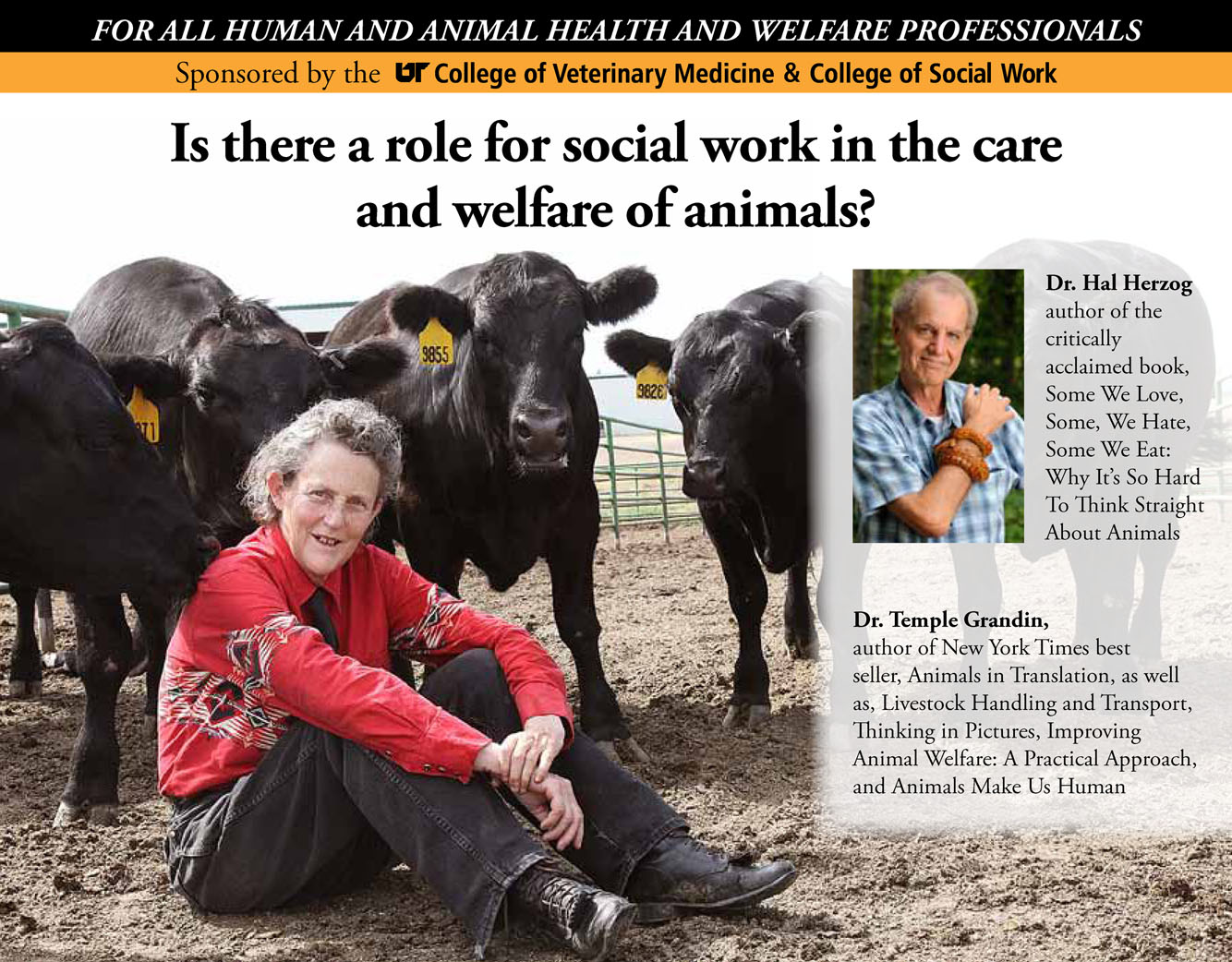Event Title
Critical Lens-Power Structure in Animal-Assisted Therapy
Abstract
Abstract
This article is about my journey in animal-assisted therapy (AAT). I use the critical paradigm to explore how AAT is positioned within the institution, scholarship, and mental health practice as well as the role of language and gender. Through this exploration, I have become more aware of who I am in this academic setting and social structure. The purpose of this study is to help raise the awareness of educators and practitioners regarding academic and mental health practice and the role that each member of the mental health profession plays – consciously or unconsciously – in oppressing the practice of AAT. The more mental health professionals are aware of how they are molded by society and the institution of mental health practice, the more they can take action to make a change toward more equitable, effective practice.
Track
Animal assisted interactions
Preferred Presentation Format
Podium: 30-minute podium presentation
Location
SUMMIT ROOM
Start Date
13-4-2013 9:00 AM
End Date
13-4-2013 9:30 AM
Critical Lens-Power Structure in Animal-Assisted Therapy
SUMMIT ROOM
Abstract
This article is about my journey in animal-assisted therapy (AAT). I use the critical paradigm to explore how AAT is positioned within the institution, scholarship, and mental health practice as well as the role of language and gender. Through this exploration, I have become more aware of who I am in this academic setting and social structure. The purpose of this study is to help raise the awareness of educators and practitioners regarding academic and mental health practice and the role that each member of the mental health profession plays – consciously or unconsciously – in oppressing the practice of AAT. The more mental health professionals are aware of how they are molded by society and the institution of mental health practice, the more they can take action to make a change toward more equitable, effective practice.


Speaker Bio
Ping-Tzu Lee
Institution: Social Work, Colorado State University
Title: Doctoral student
Credentials: Currently I am doing my dissertation in the area of equine assisted psychotherpy. I finished the equine guided education (EGE) certification program in 2012, and the equine assisted growth and learning association (EAGALA) level 1 training in 2010. My advisor, Dr. Ben Granger, runs an agency-Haman and Animal Bond in Colorado (HABIC) at Colorado State University. I was a teaching assistant in his class- Human and Animal Bond in spring 2011. Furthermore, I work part time in the Insightfoal Program which is the agency to provide equine assisted psychotherapy.